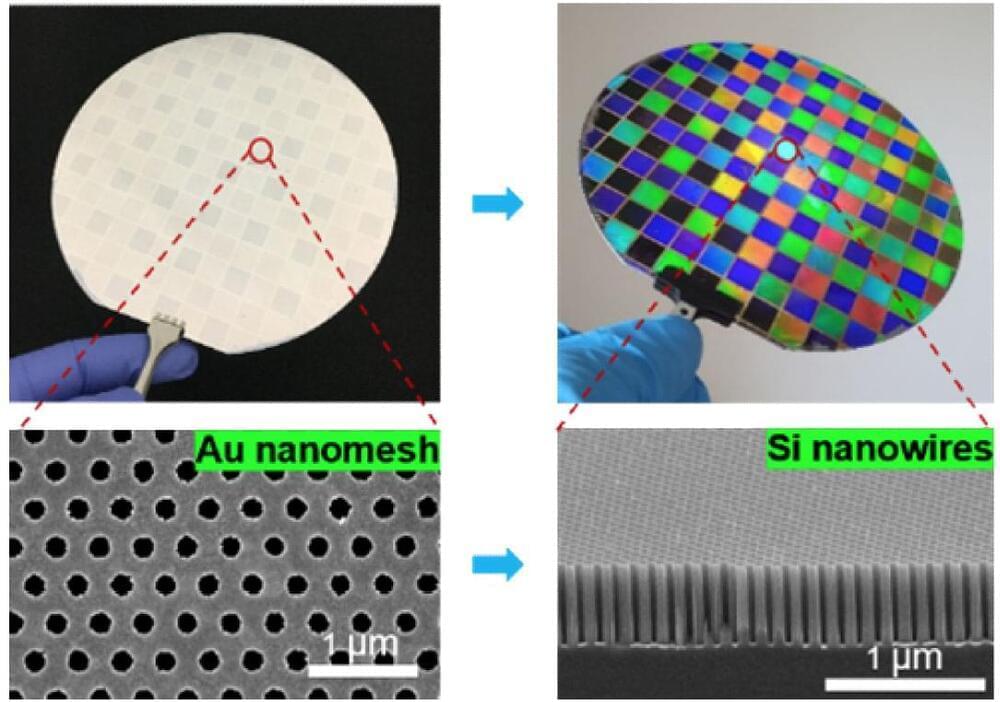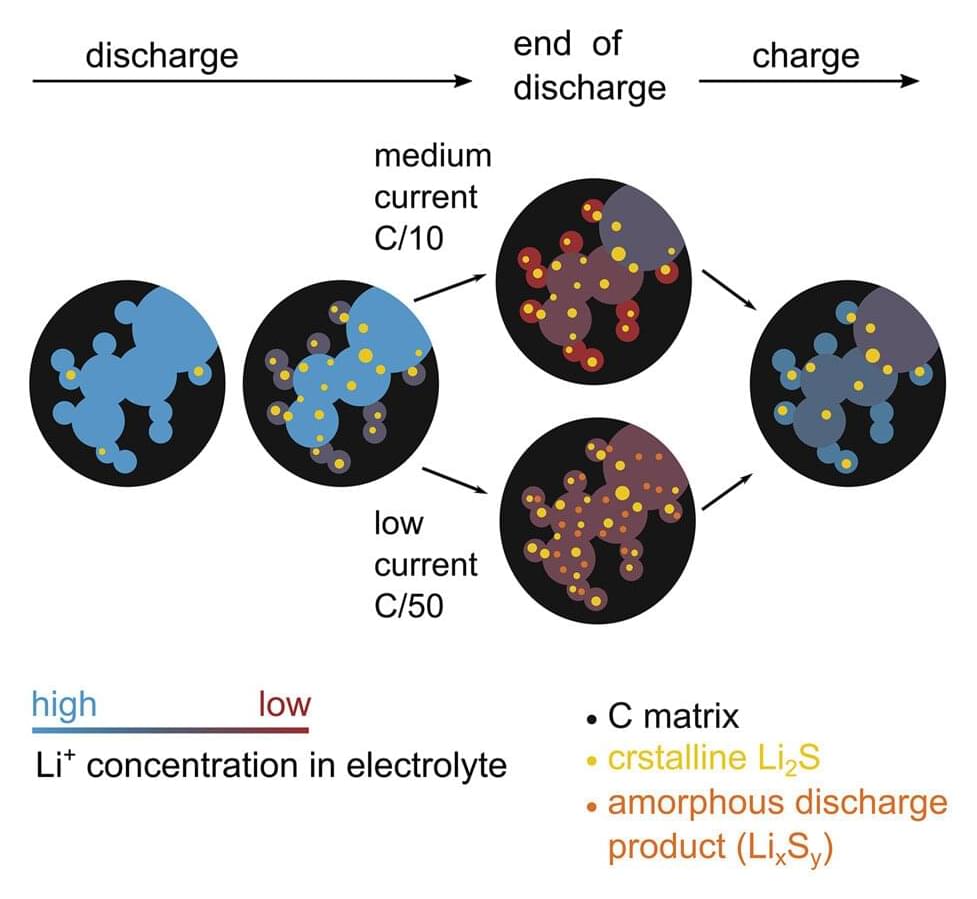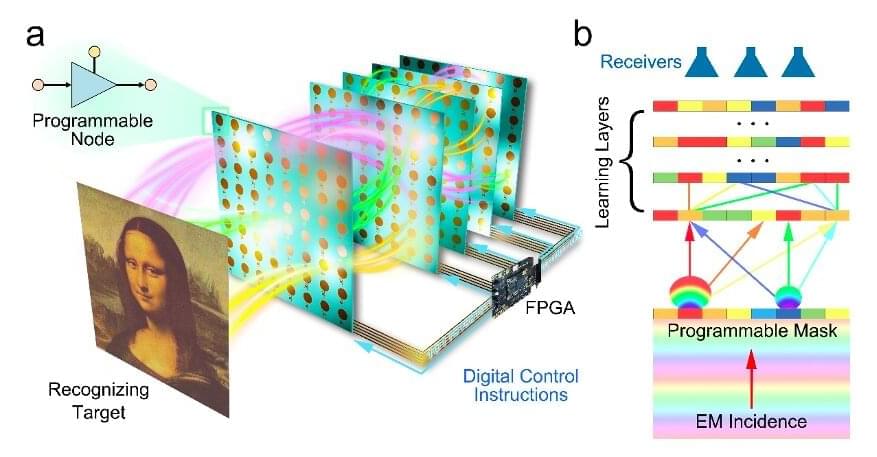Other than Earth, no planet in our solar system has been so thoroughly or long examined as Mars. For decades, NASA’s Jet Propulsion Laboratory has continuously explored the Red Planet with an array of orbiters, landers, and rovers.
What laid the groundwork for this unparallel record of exploration? This 90-minute documentary describes the challenges of JPL’s first attempts to send spacecraft to the Red Planet.
For much of human history, Mars was no more than a tiny reddish dot in the sky. But in 1965, the first spacecraft ever to visit Mars, JPL’s Mariner 4, began to change our understanding of the planet with its grainy black and white images. The data from Mariner 4, and from missions that followed, were full of confusing data for scientists to understand.
The Changing Face of Mars reveals, through archival footage and interviews with key scientists and engineers, JPL’s first roles in exploring the Red Planet, from Mariner 4, through the 1976 arrival of the Viking orbiters and landers.





